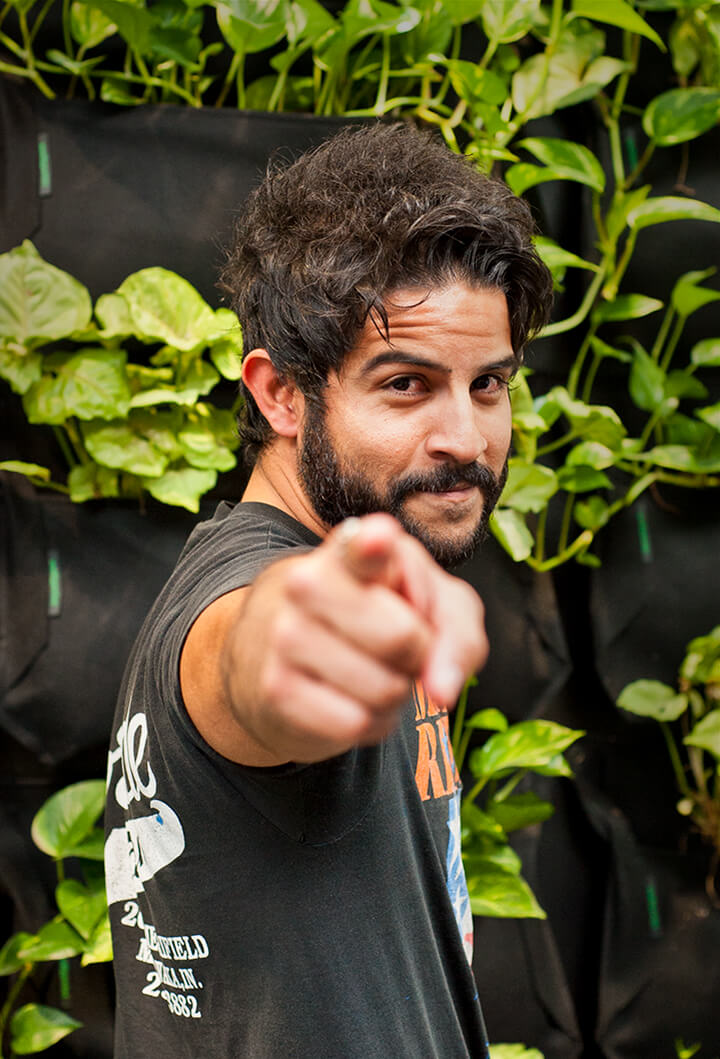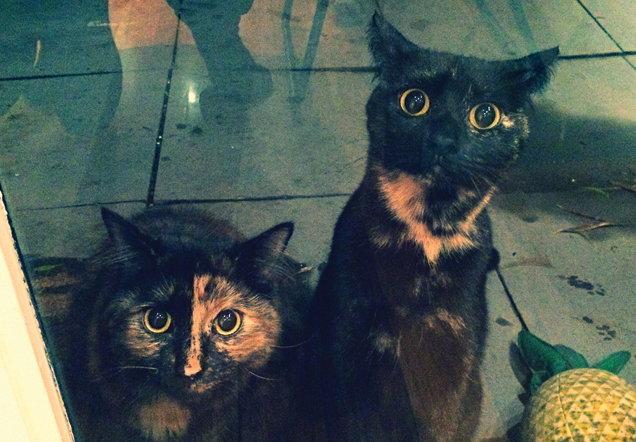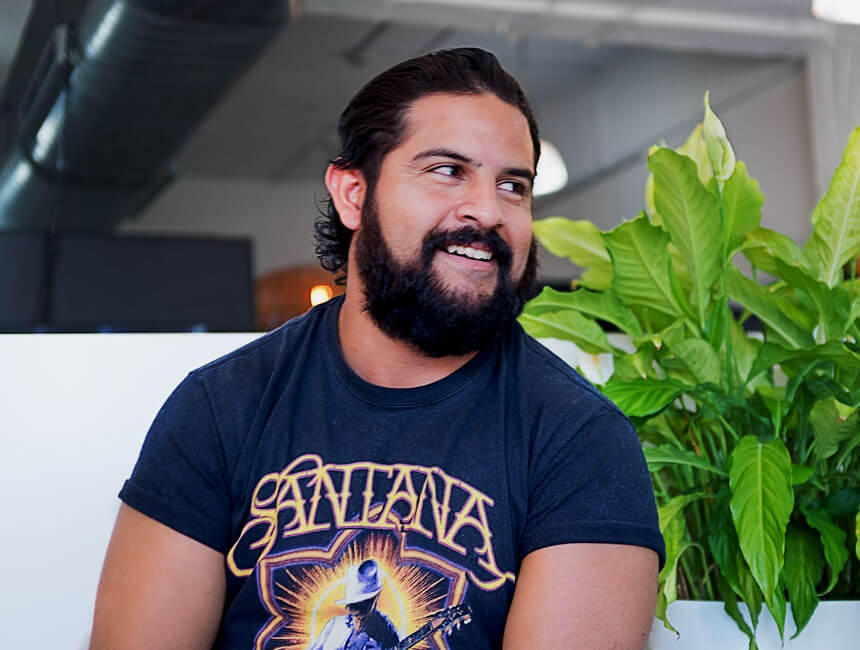To shed light on the value of design, we asked Julian Frood, Environmental Designer at BrandCulture, how he sees the world as a designer and problem solver.
Jules has been part of our team at BrandCulture since 2013, and today he’s one of our most talented experiential and environmental designers. He’s also a daydreamer, film buff, and closet geek who loves rock ’n’ roll and cats.
Do you think you see the world differently as an experiential designer?
It’s given me a greater appreciation of craftsmanship and the saying, “the devil is in the detail”. I understand that what might seem an insignificant sign or graphic to someone else was actually – dare I say – a piece of art.
Why did you first become interested in experiential design?
I’ve always been interested in architecture, so when I applied for an internship at BrandCulture I was curious about the studio’s environmental design projects. I started to really enjoy the challenge of working in the third dimension and the pressures involved with that – there’s a thrill in seeing something on paper come to life.
What’s the best thing about your job? And the most frustrating?
I think it’s a good time to be an environmental/experiential designer in Australia. There are a lot of entrepreneurs, start-ups and young CEOs who see the value of creative thinking and who like to push boundaries by designing interesting spaces and experiences, be it in the workplace, events, exhibitions or in the digital realm. You do have to have a passion for it though because we often put in long hours … no such thing as working 9-5 in this industry.
Why is ‘design process’ such an important part of what you do?
Design process is paramount to the finished product, but it’s something that’s only touched on at uni. You might be a talented illustrator, but you can’t create a complete environmental design solution with pretty pictures alone. You also need documentation – it’s the blueprint, it’s how you get there. I think you only really gauge the importance of design process on the job, and your own process evolves the more experience you have.
What’s your proudest achievement?
We just won Silver at the Sydney Design Awards for the signage and graphics we created for Telstra’s Future Ways of Working @ 400 George St. The concept was based on three design principles – colour, energy and angularity – and we integrated our designs across 16 floors in collaboration with Davenport Campbell (interiors) and Lendlease (project managers). Honestly though, I get much more of a kick out of sharing the success of others, especially those close to me.
Outside of work, I’m proud of the relationship I have with my mum, dad and sister. We’re very close, and I’m proud of maintaining that through life.
Do you have any advice for people considering a career in experiential, environmental design and wayfinding?
All design is basically using creative thinking to solve a problem, so you have to be a good problem solver. Being able to sell your ideas to clients is also important – it’s hard to justify what we do because you can’t always attribute a rise in profits to a graphic on a wall or a sign down the hallway.
People are quick to pass things off if they don’t understand them so you’ve really got to think big, trust the people you collaborate with, be confident and instil confidence in others. Passion is infectious and you’d be surprised what you can make happen with the right attitude.
It’s important to immerse yourself in the industry, open up conversations, do some work on the side and put in the hours because everything moves so fast these days.
Do you have a creative outlet outside of work?
The gym is my time to unload. I’m no junkie, I just like the fact the weights don’t tell me what to do! I also love listening to podcasts – my top (only) three are WTF with Marc Maron, Empire Film Podcast and The Weekly Planet, they keep my imagination dialled to 11…



